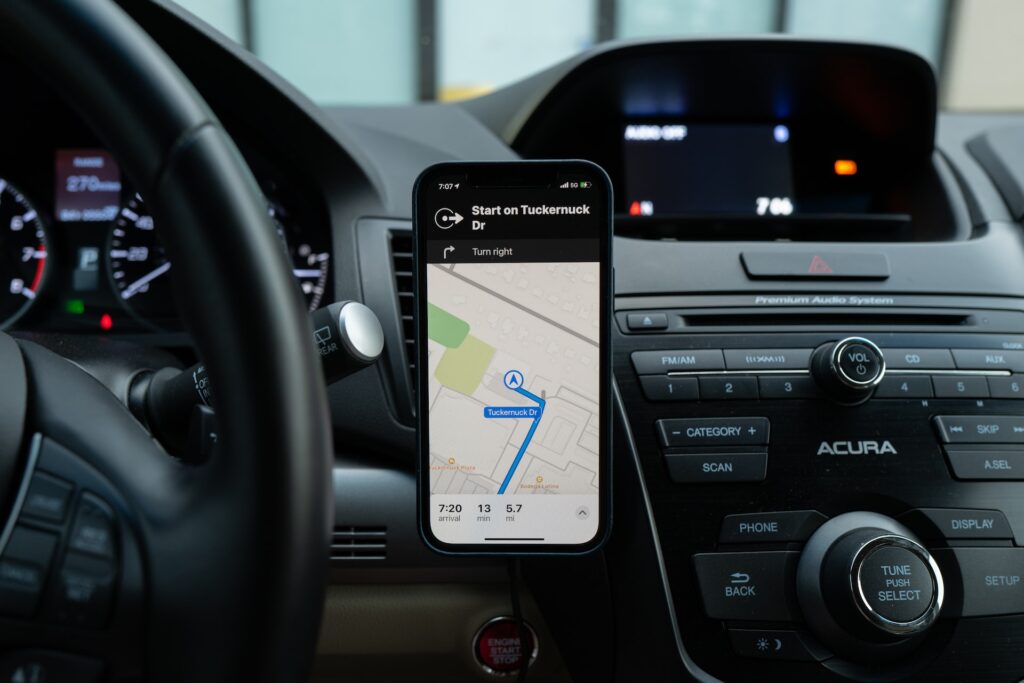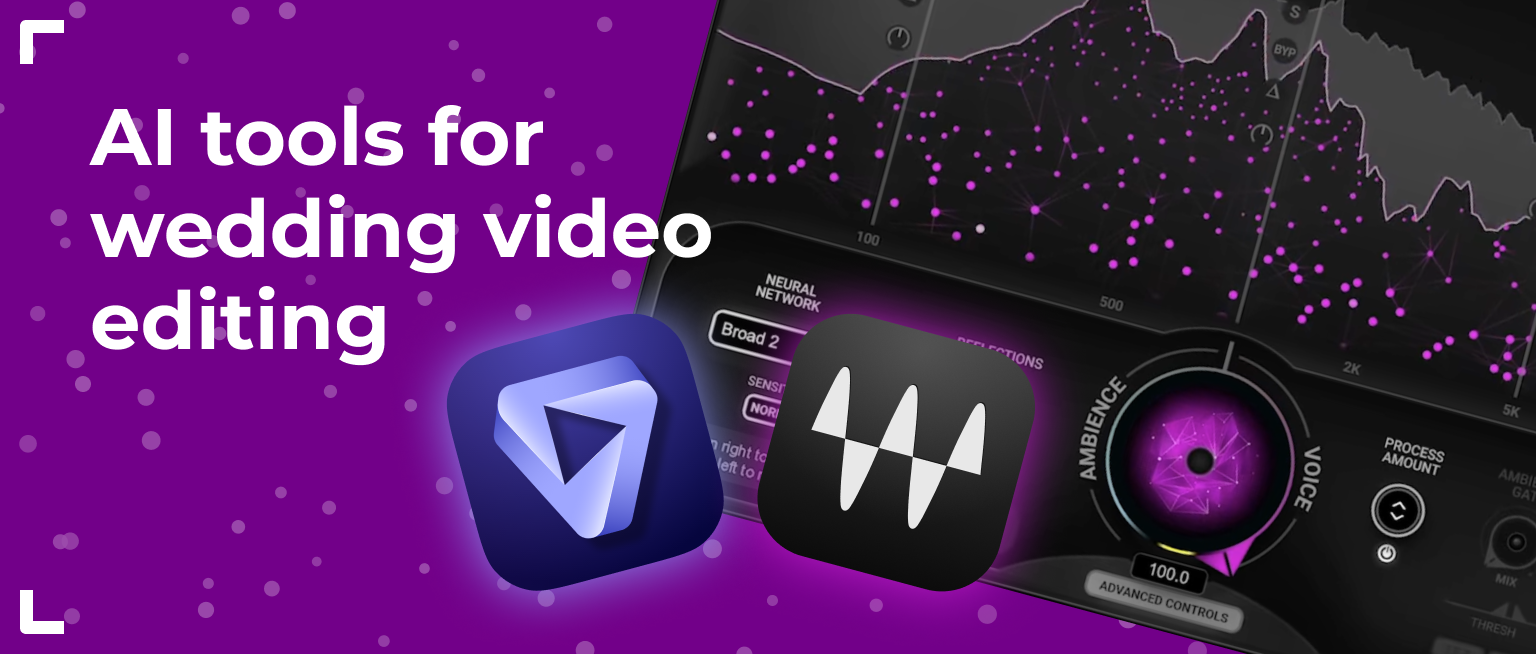Technology is developing so rapidly that almost every day, something new emerges. Technological development is inexorably changing all areas of life, and wedding videography is part of that movement.
With the advancement in filming techniques and technology and the evolution of wedding films over the past ten years, wedding videos have taken a tremendous leap in becoming more exciting and dynamic.
On social media, we took a poll on how new technologies have changed the wedding videography industry in the last decade. In this article, we will share the results of the survey, highlighting the most popular responses.
So, what innovations have changed the industry the most, according to wedding filmmakers?
1. Gimbals

The gimbal is a portable device that can be operated by a single person. Its main purpose is to reduce shaky handheld footage and keep it clean and smooth. These devices have greatly facilitated the camera operator’s work and improved the quality of wedding videography.
2. Storytelling
Storytelling is at the heart of modern wedding cinematography. The main emphasis is now on the newlyweds’ feelings and their history together. This trend has made wedding videos more emotional.
💬 “Quality of image, more accessible tools for storytelling before too expensive (gimbal, drone), way more education out there to increase overall quality and awareness of storytelling.”
Luca Guagni
3. Highlights
Highlights are a type of wedding film that has revolutionized the industry. Instead of long, boring films, live, peppy highlights up to 10 minutes long appeared. This format allows showing all the key moments of the wedding day while making sure viewers don’t fall asleep.
💬 “[As for new formats], Full-length edits cut down to just 30 minutes, highlights cut down to 15 minutes and to 5-minute quick cuts of the day.”
Tony Alessi
4. Drones

Drone footage is something that has also greatly influenced the field of wedding videography. Bird’s-eye shoots add liveliness to the wedding film, and also make everyone enjoy the beautiful scenery of the location where the celebration is held.
5. Introduction of mirrorless
A mirrorless camcorder is a camera that transmits light directly to the sensor without using a reflex mirror. The advantage of mirrorless cameras is that they are usually lighter, more compact, and faster. Introducing these cameras to the market has greatly facilitated the work of wedding filmmakers.
💬 “Gimbals and movement, introduction of mirrorless. Drones. Storytelling.”
Giampiero Bazzu
6. 4k, 8k
4k and even more so 8k have become a revolution in cinematography. The video’s high resolution allows the enjoyment of the wedding film’s magnificent, mesmerizing picture. At the same time, video files began to take up much more space.
7. Smartphones and GPS

Thanks to modern smartphones, a person can find anything in a matter of seconds. Now, it’s much easier to get to the wedding location using maps or GPS. Many filmmakers previously had to use hand-drawn maps or print MapQuest directions to get to weddings.
Also, with smartphone cameras, it is possible to shoot a fairly high-quality video, including with the help of wedding guests. So, it has significantly influenced the history of wedding videography.
💬 “I go way back too! Over 23 years at this point. I remember the stress of following the limo, not knowing where we were headed, lol. The phone definitely is a game changer.”
Eric Pomerantz
8. Slow motion
In wedding videography, slow motion occupies a special position. Viewers can enjoy small details that would otherwise go unnoticed. A videographer or editor can draw attention to any detail with slow-motion playback.
9. Streaming
Streaming weddings is another important trend in recent years. Not every relative or friend can come to your celebration, but now you can make an online broadcast, and those who wish can experience at least some of the tenderhearted moments from the wedding. COVID restrictions have made streaming weddings especially popular.
10. Autofocus
If you want to quickly capture a sharp video of your object without manually adjusting the focus, which can be especially useful with moving objects, an efficient, fast, and reliable autofocus system is key. The advent of high-quality autofocus systems has also significantly improved the quality of wedding videography.
💬 “Autofocus. Most of y’all will never know what it’s like to have to manually follow focus every bridal party member down the aisle as they walk toward you. We used to have my second shooters practice that before they were allowed to lead shoot.”
Cali Hlavac
11. IBIS
Sensor-based stabilization has become another quality leap when shooting wedding films. The Sensor Shift Image Stabilization System, or In-Body Image Stabilization (IBIS) includes a floating sensor that helps balance out any movement within the camera.
12. Better cameras
The video industry’s technology is constantly improving. Cameras are getting better and better every year. They have new functions and systems that will help turn the wedding film into a true masterpiece.
💬 “My car’s backup camera has better video quality than the $10,000 professional camcorder I bought in 1993.”
Ed Masker
13. Faster rendering time
The advancements in video editing software are also ongoing. One of them is the reduction in render time, which is very convenient and makes it possible to complete more projects.
14. Smaller gear setups

The development of technology reduces the size of the devices and makes them more versatile, allowing videographers to carry less weight when they film weddings.
15. Social media
The advent of social media has affected almost every aspect of our lives, and wedding videography is no exception. Social media has set the trend for short videos, which is reflected in wedding films. It has also made it much easier for videographers to advertise their services, find interesting ideas, and share experiences.
16. LGBTQ+ weddings
Every year, society becomes more open and tolerant toward people of differing sexual and gender identities. As a result, videographers are shooting more LGBTQ+ weddings, and even at ordinary weddings, such people are not shy about showing their affiliation.
17. Hollywood voiceover

Beautiful voiceovers will add a special atmosphere to the wedding film. And many of them, in this respect, do not differ in quality from Hollywood films.
18. Simpler to find and discuss jobs
Nowadays, almost everything can be done online. For wedding videographers, this trend has made life much easier. Now you can find a client from another city or state, discuss everything on Zoom, and show up to the event fully prepared.
19. Licensed music
Compliance with copyright is becoming increasingly important in the digital age, and wedding films are no exception. Using licensed music helps to avoid any problems concerning this issue.
This is a list of the most common answers given by 100+ videographers in our poll.



